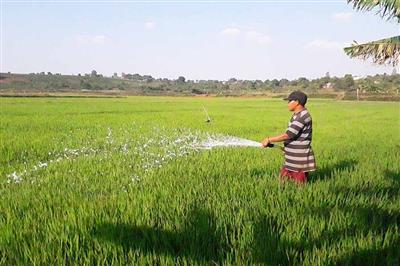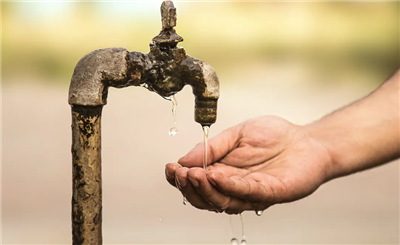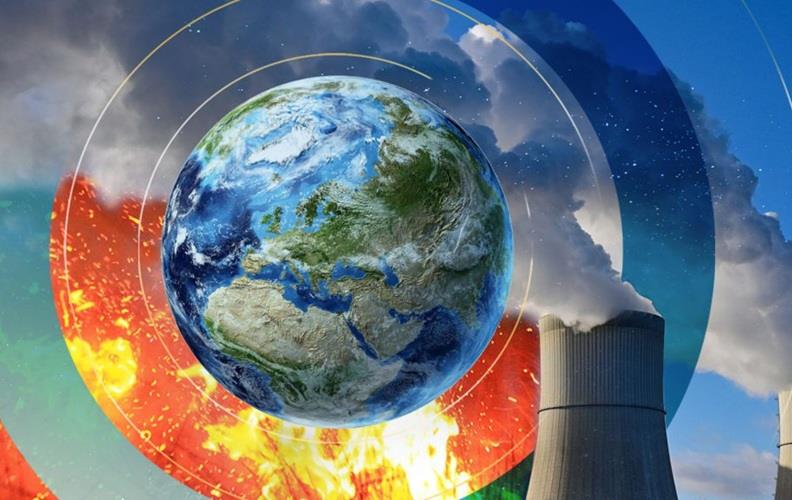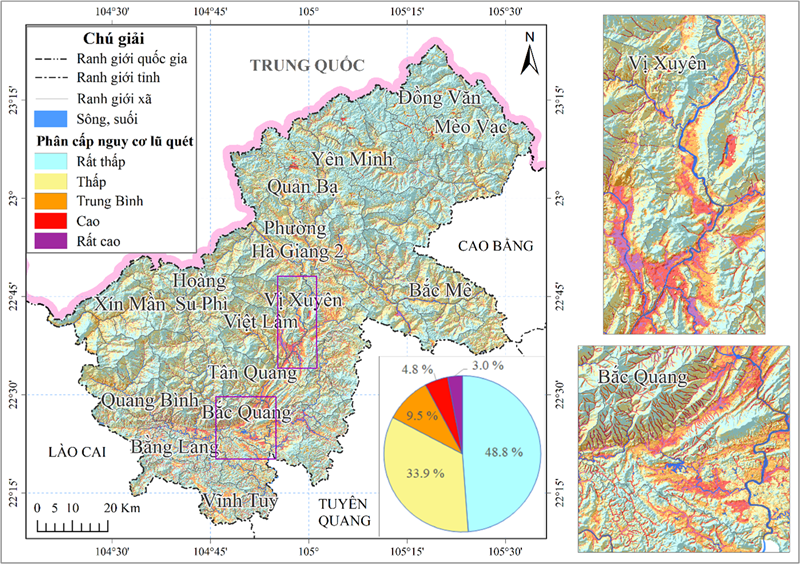
Air Pollution: The second-leading global risk factor for death
22/06/2024TN&MTAir pollution is now the second-leading global risk factor for death, according to the fifth edition of the State of Global Air (SoGA) report. Released by the Health Effects Institute (HEI), an independent U.S.-based nonprofit research organization, the report reveals that air pollution was responsible for 8.1 million deaths worldwide in 2021. Beyond these fatalities, millions suffer from chronic diseases, straining healthcare systems, economies, and societies.

Impact on children
For the first time, the SoGA report was produced in partnership with UNICEF. It highlights that children under five years old are especially vulnerable, facing risks such as premature birth, low birth weight, asthma, and lung diseases. In 2021, air pollution contributed to over 700,000 deaths in children under five, making it the second-leading risk factor for death in this age group after malnutrition. Shockingly, 500,000 of these deaths were linked to household air pollution from cooking with polluting fuels, primarily in Africa and Asia.
Children are particularly susceptible to air pollution, with effects starting in the womb and lasting a lifetime. Exposure in early childhood is linked to pneumonia and asthma, with significant health disparities evident. For instance, the air pollution-linked death rate in children under five in Africa is 100 times higher than in high-income countries. UNICEF Deputy Executive Director Kitty van der Heijden highlighted the urgency, noting that nearly 2,000 children under five die daily from air pollution-related health impacts.
Air pollution and climate change
PM2.5 pollution primarily results from burning fossil fuels and biomass in transportation, residential homes, coal-burning power plants, industrial activities, and wildfires. These emissions not only harm human health but also contribute to greenhouse gases warming the planet. Vulnerable populations are disproportionately affected by both climate hazards and polluted air. In 2021, long-term ozone exposure was linked to nearly 490,000 deaths worldwide, including 14,000 COPD deaths in the United States, a higher number than other high-income countries.
For the first time, the report includes data on NO2, which primarily comes from traffic exhaust. Densely populated urban areas, especially in high-income countries, see the highest NO2 levels and related health impacts. Exposure to NO2 has been linked to the development of childhood asthma.
The report provides a comprehensive analysis of data from the 2021 Global Burden of Disease study, showing the severe health impacts of pollutants like outdoor fine particulate matter (PM2.5), household air pollution, ozone (O3), and nitrogen dioxide (NO2). Nearly every person on earth breathes unhealthy levels of air pollution daily, with over 90% of global air pollution deaths (7.8 million) attributed to PM2.5. These tiny particles, less than 2.5 micrometers in diameter, can enter the bloodstream and affect multiple organ systems, increasing the risks of heart disease, stroke, diabetes, lung cancer, and chronic obstructive pulmonary disease (COPD).
A call to action
Dr. Pallavi Pant, HEI’s Head of Global Health, emphasized that the burden of air pollution falls heavily on young children, older populations, and low- and middle-income countries. This situation underscores the need for cities and countries to prioritize air quality and air pollution when developing health policies and noncommunicable disease prevention programs.
Despite these alarming figures, there is good news. Since 2000, the death rate linked to air pollution in children under five has dropped by 53%, thanks to efforts to expand access to clean energy for cooking, improve healthcare, and raise awareness about the dangers of household air pollution. Many countries, particularly in regions with the highest pollution levels, are taking significant steps to address the issue. Initiatives like installing air pollution monitoring networks, implementing stricter air quality policies, and promoting electric vehicles are showing measurable improvements.
While progress is being made, more must be done to address air pollution as a major health risk. HEI President Dr. Elena Craft expressed hope that the SoGA report will inspire change, stating, "Improving air quality and global public health is practical and achievable." The report calls on governments and businesses to consider these findings and take meaningful, child-focused actions to reduce air pollution and protect public health.
Ngoc Huyen (SoGA 2024)
















